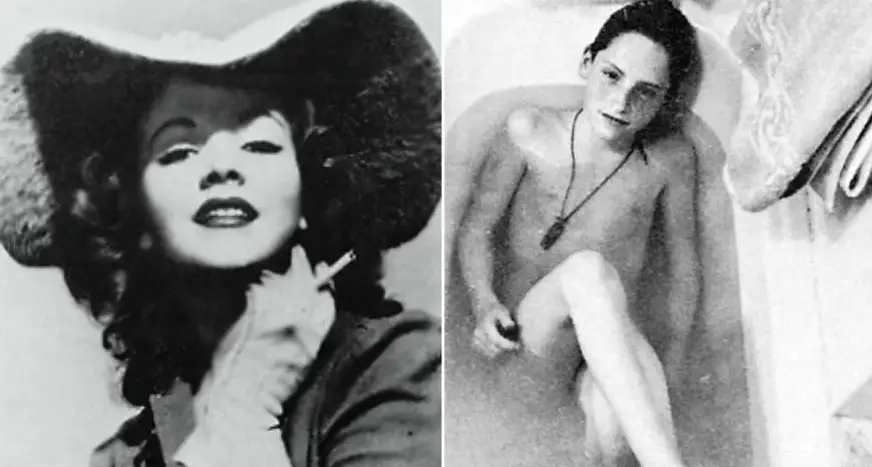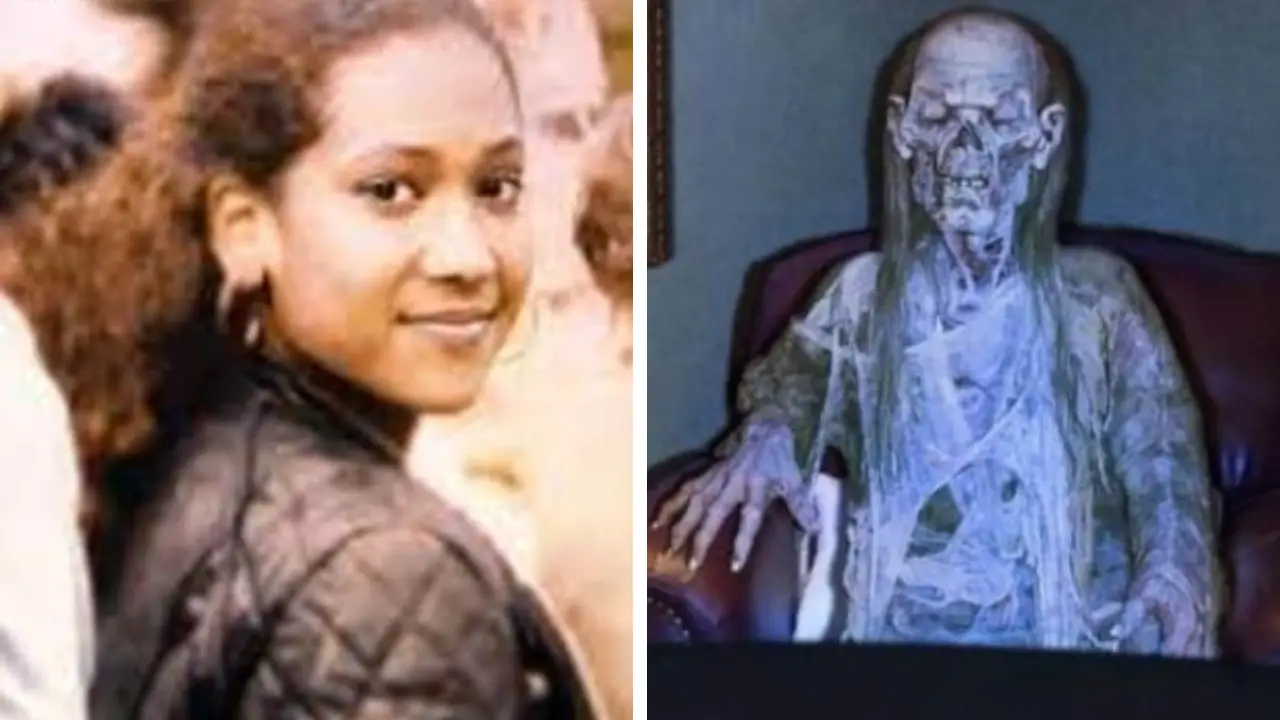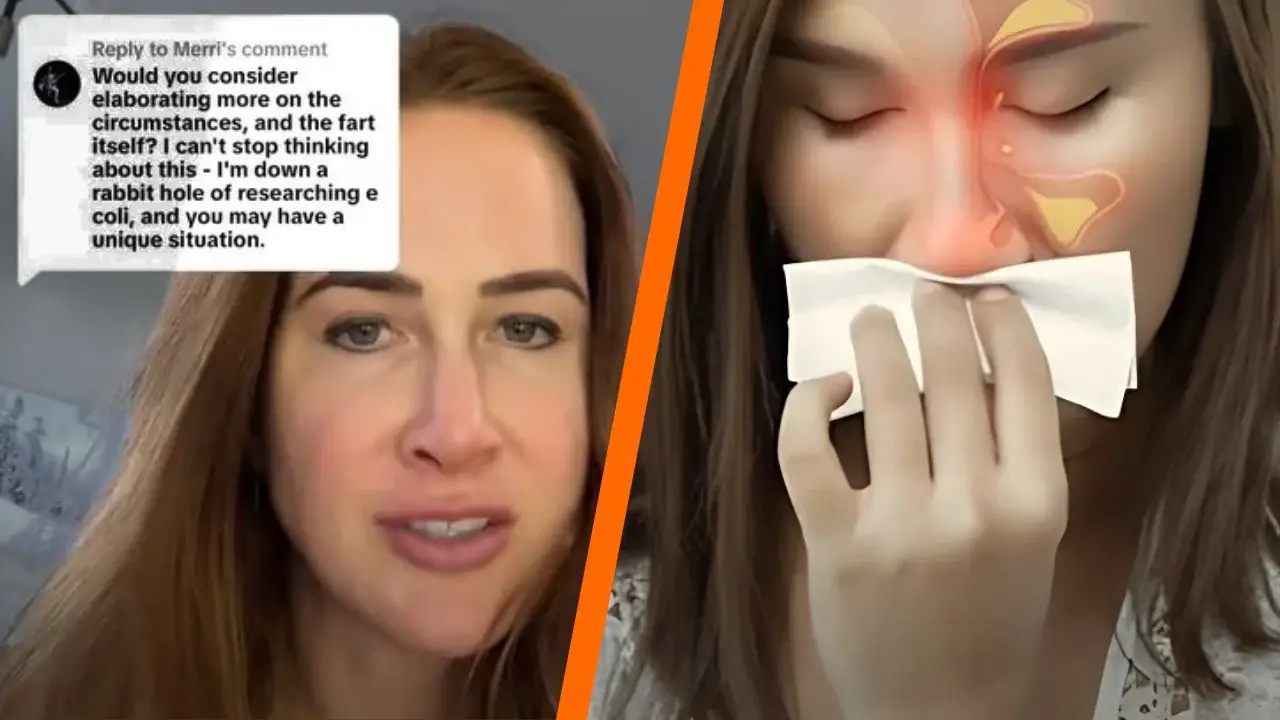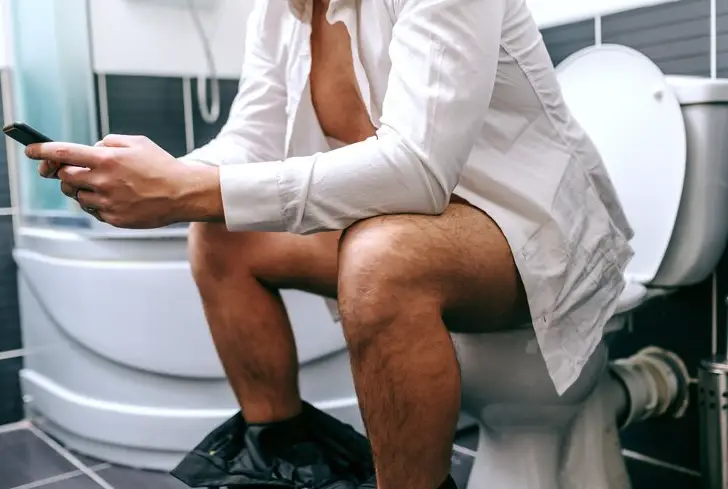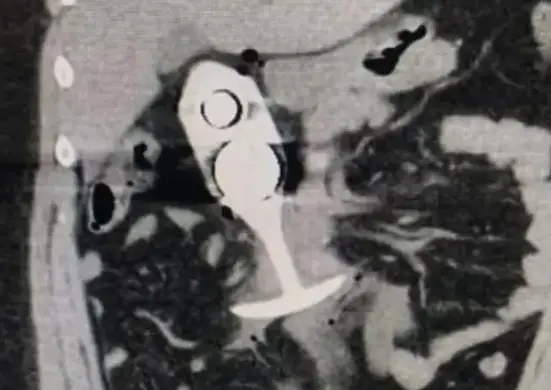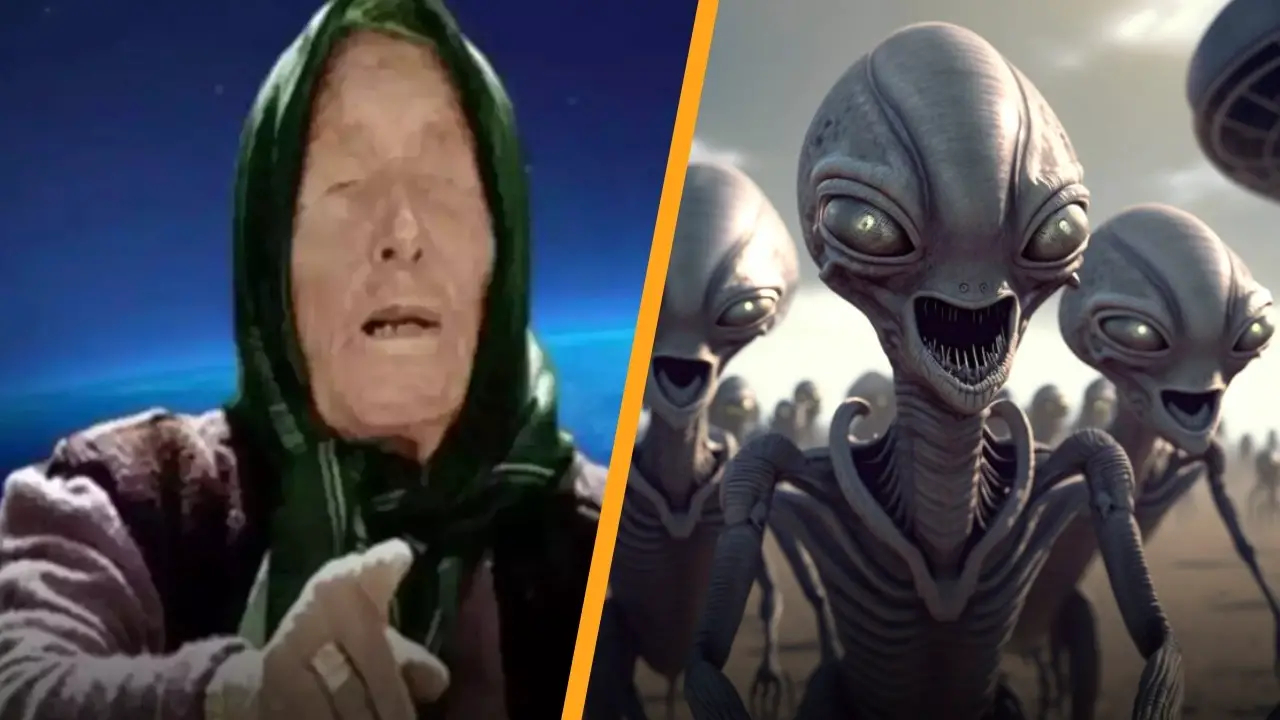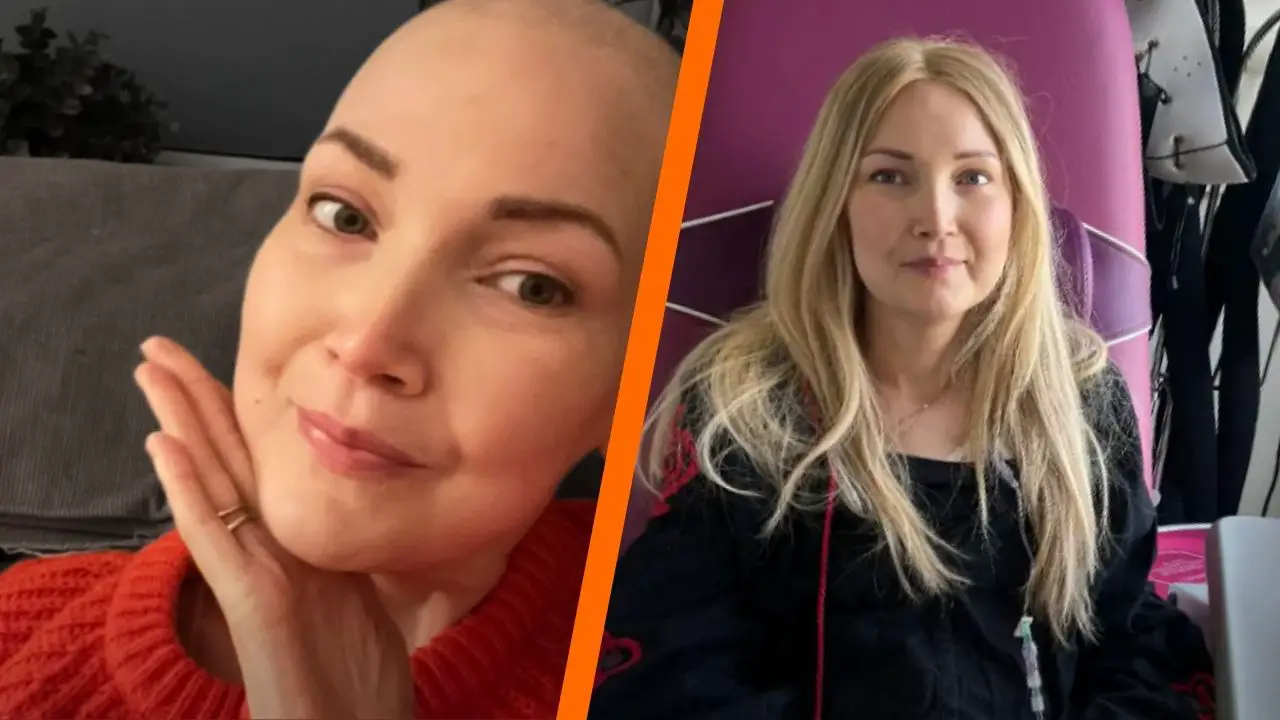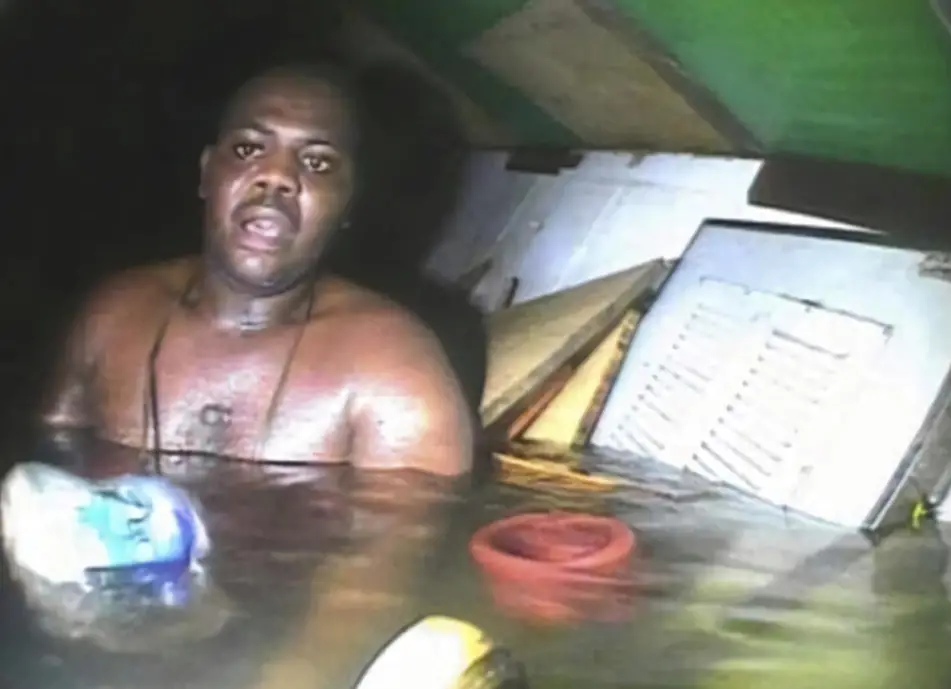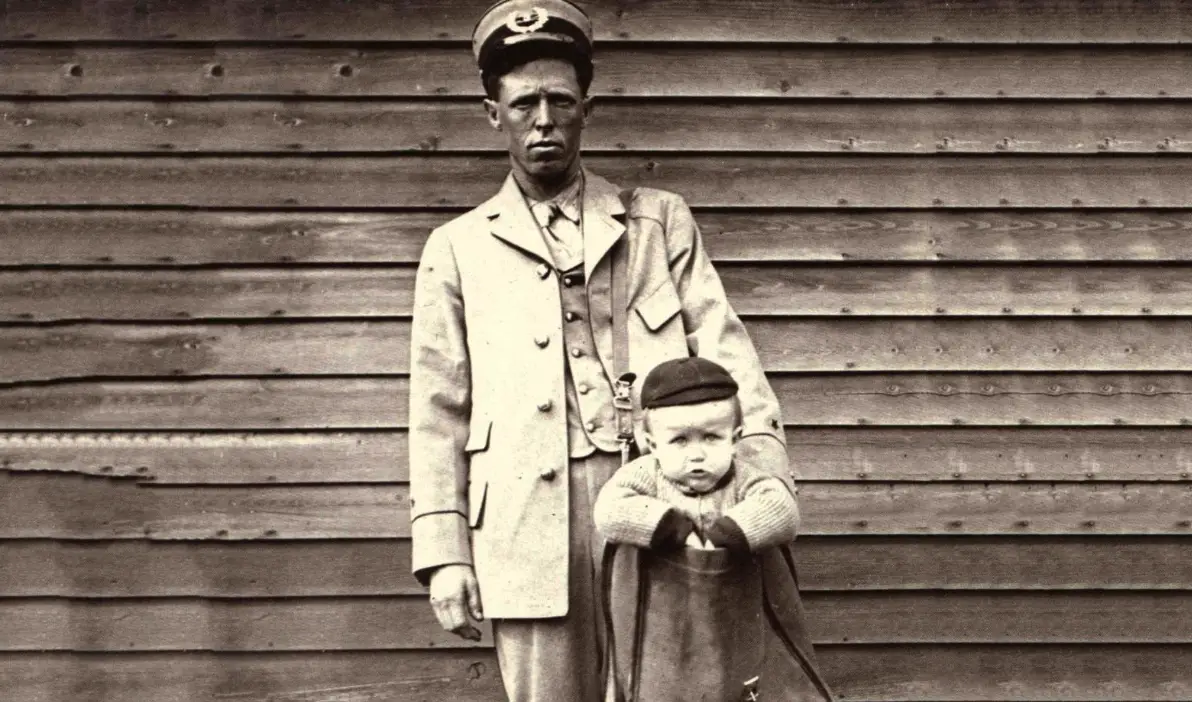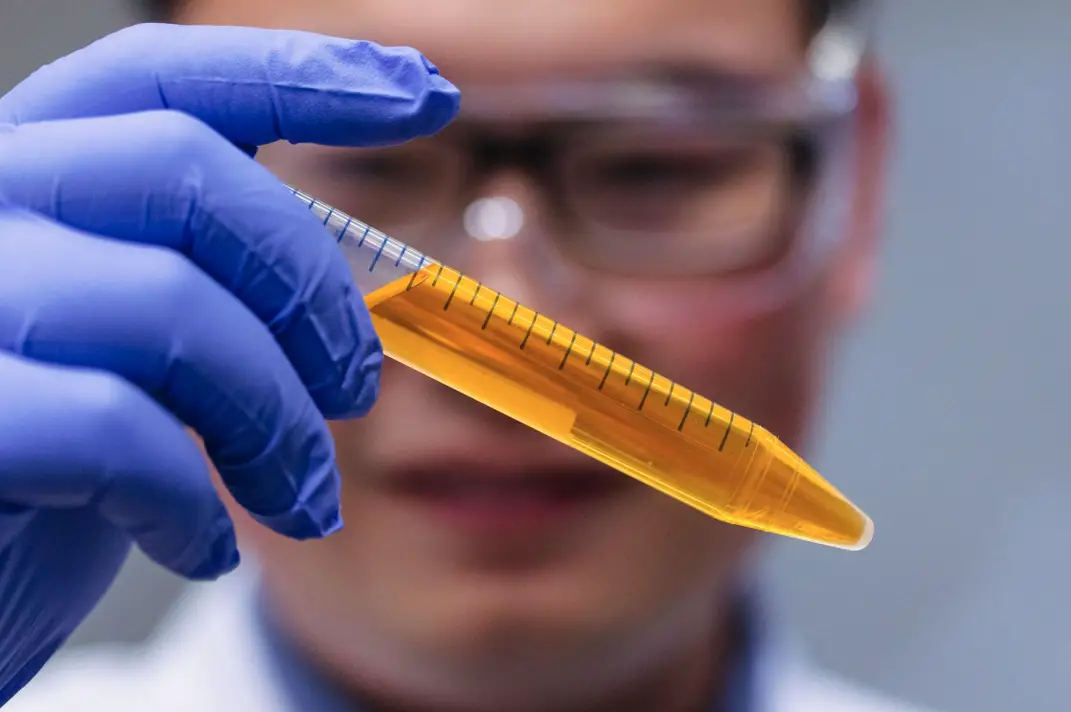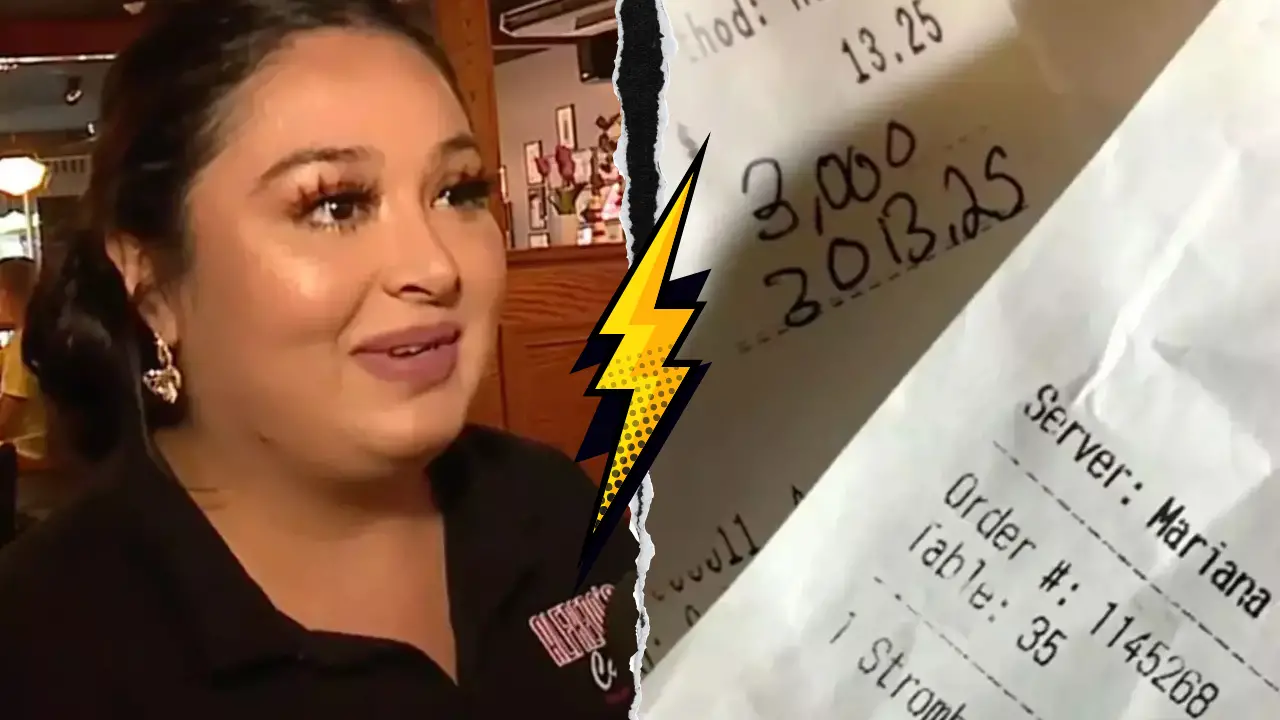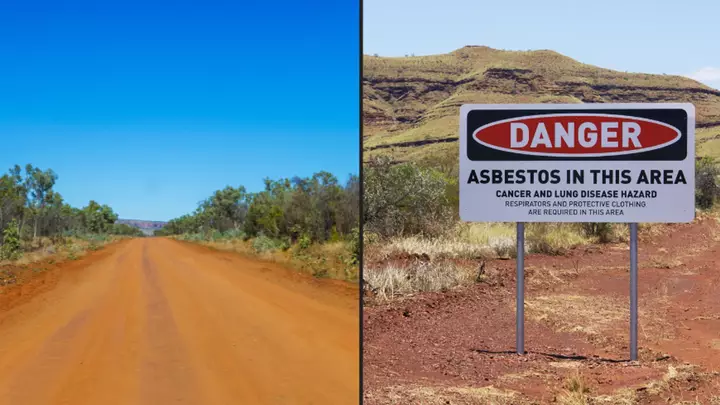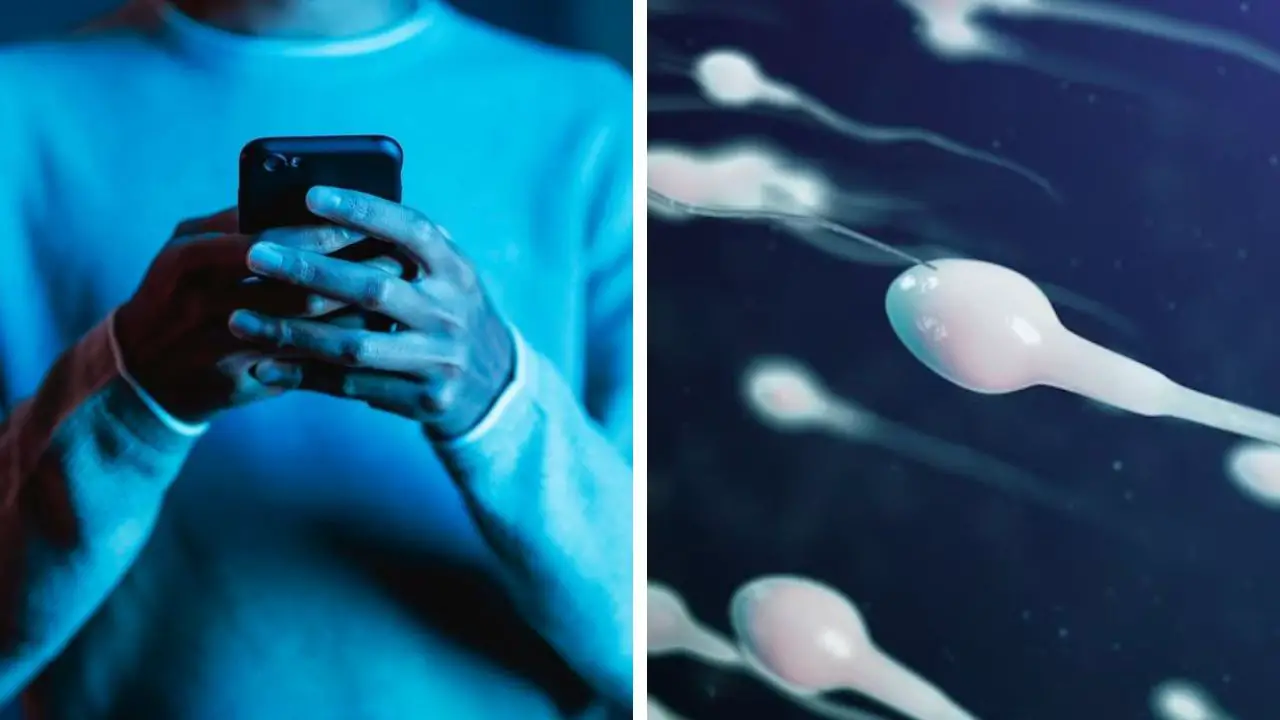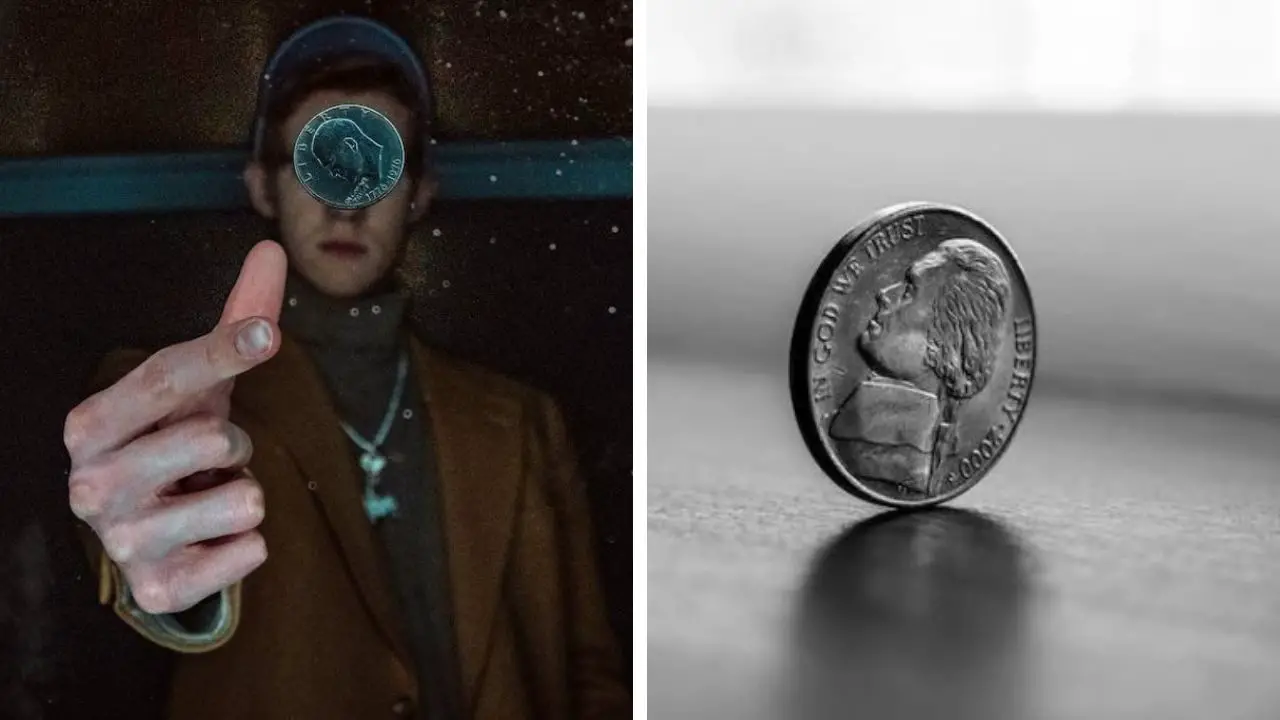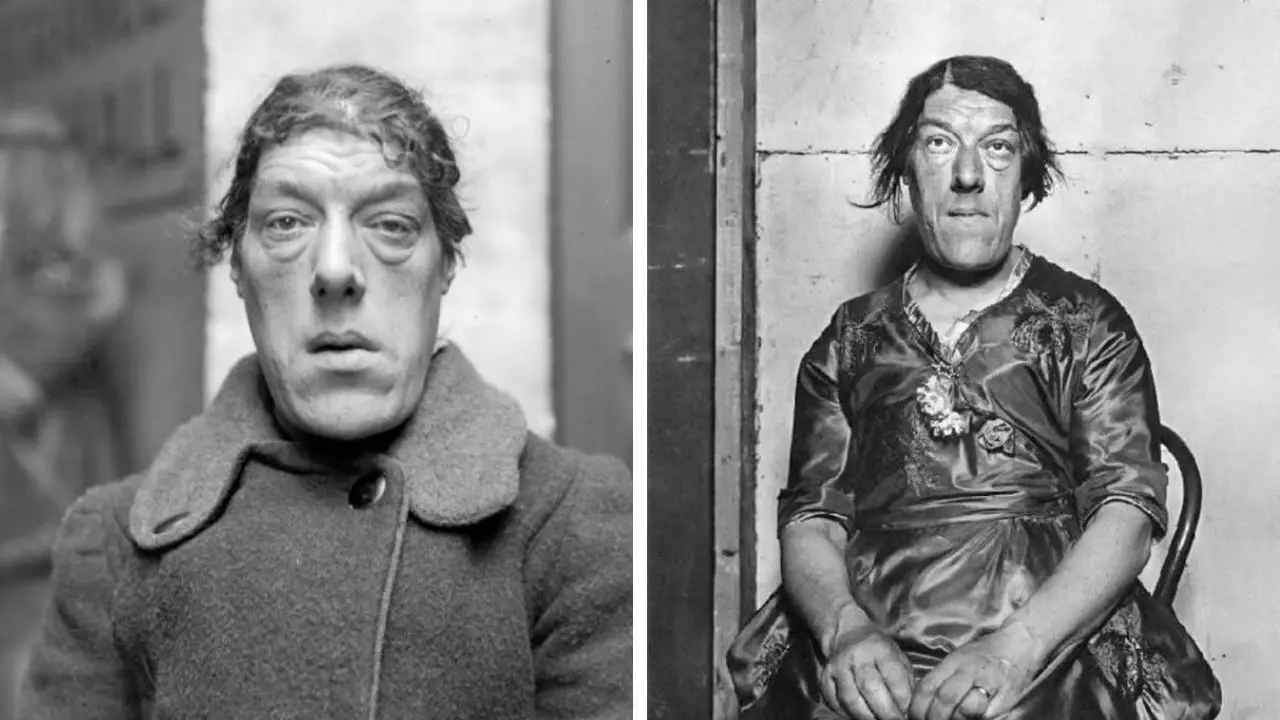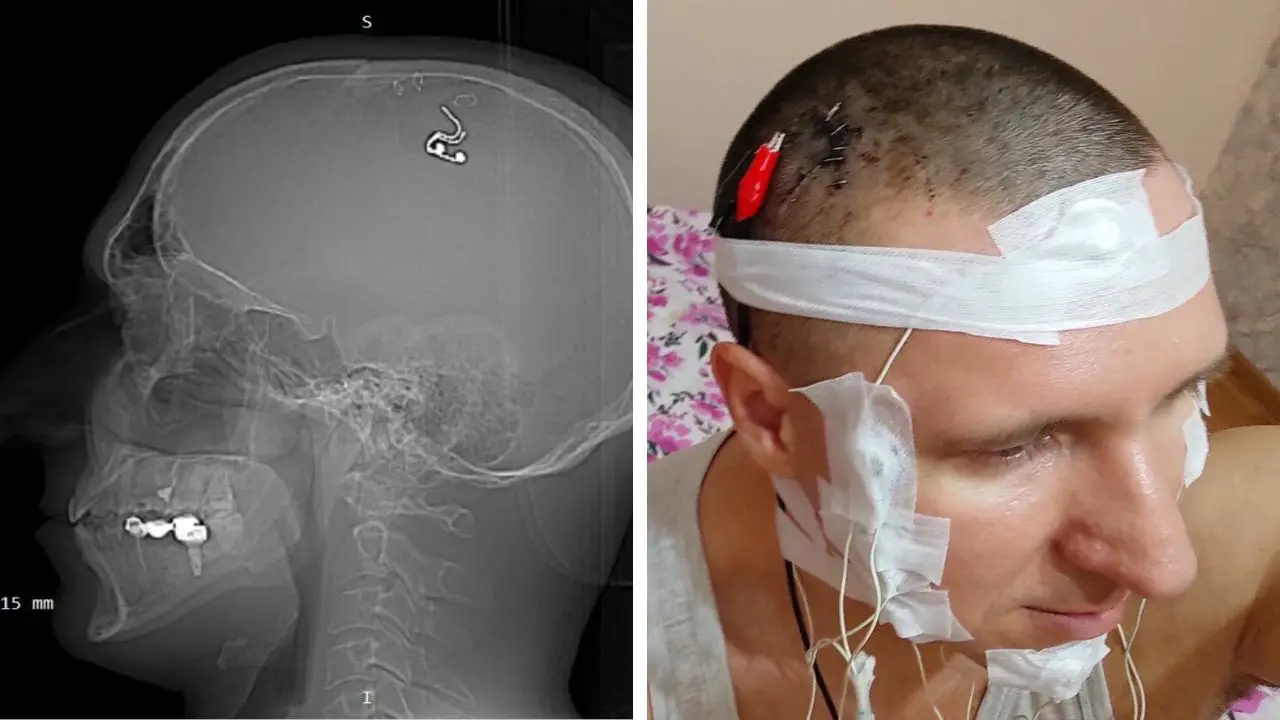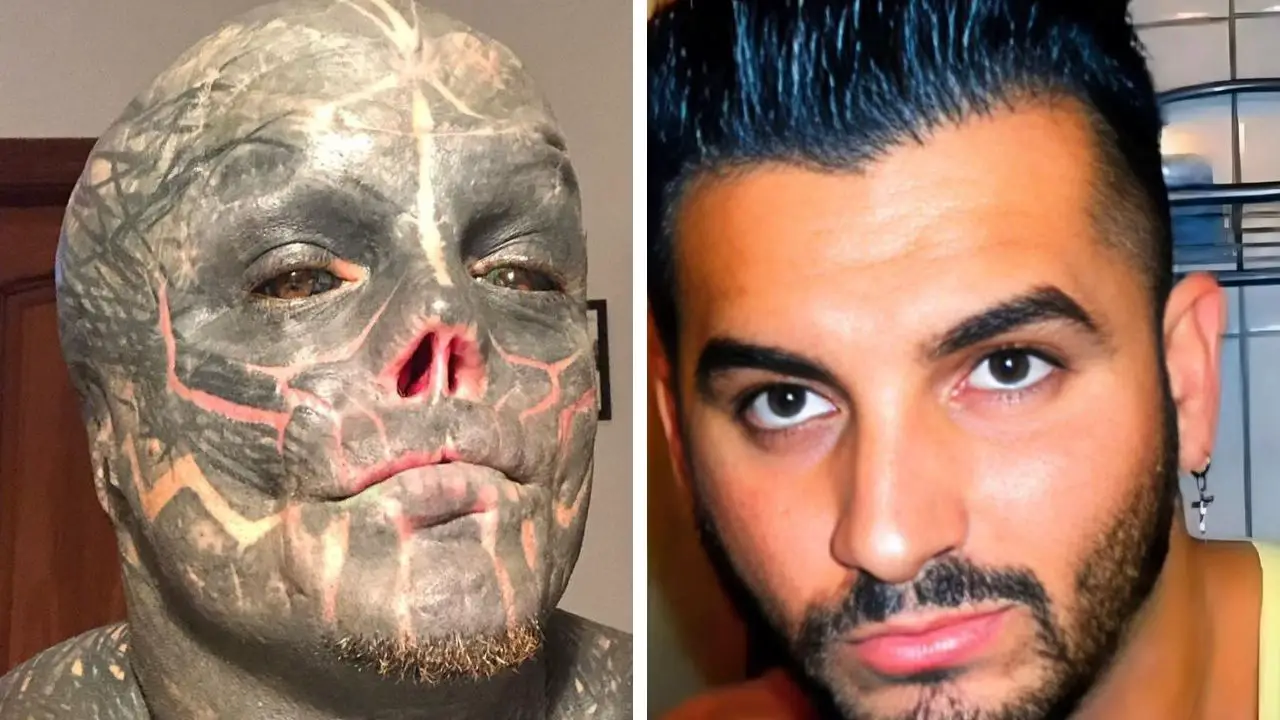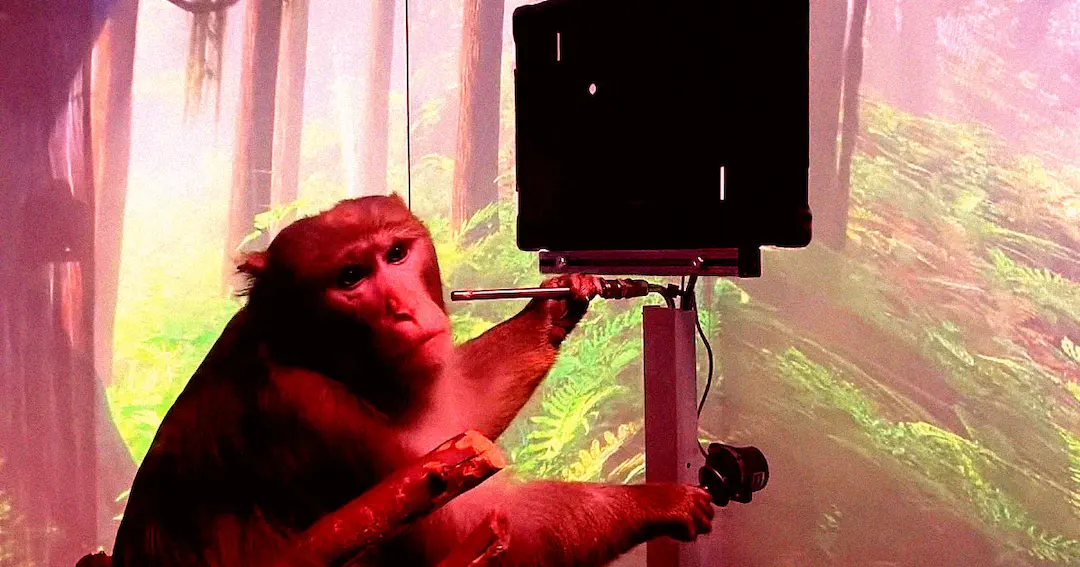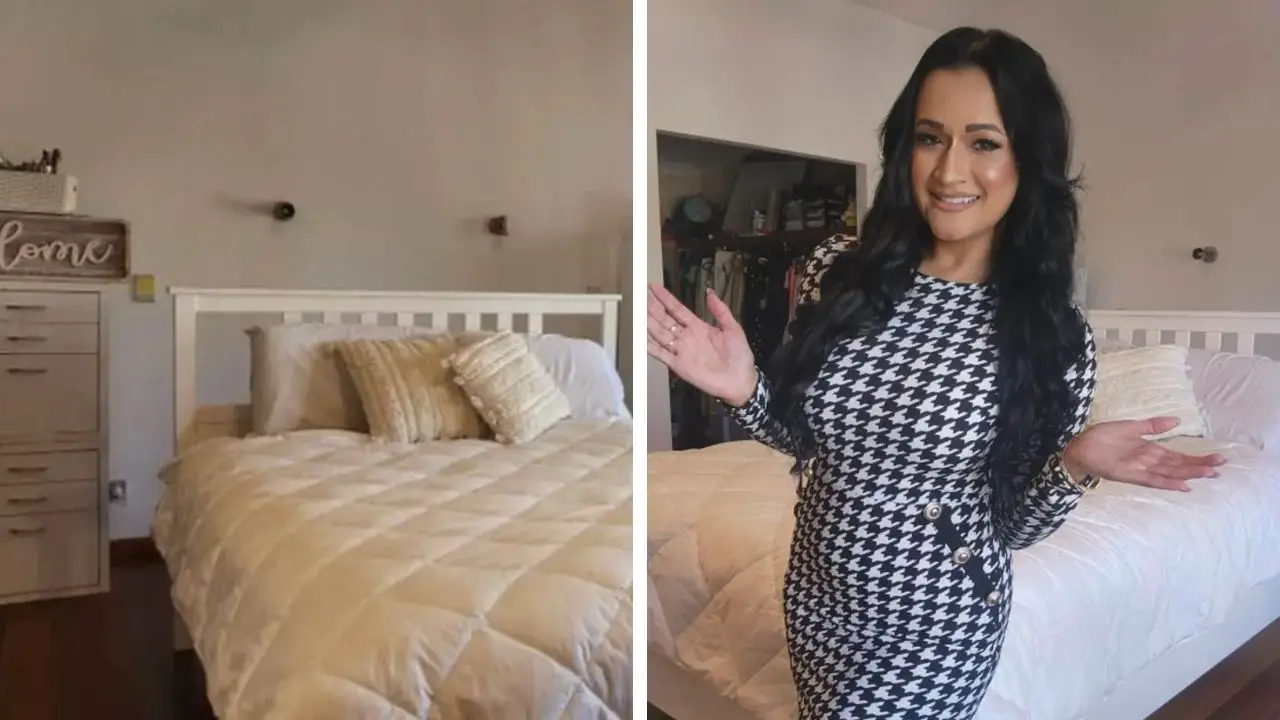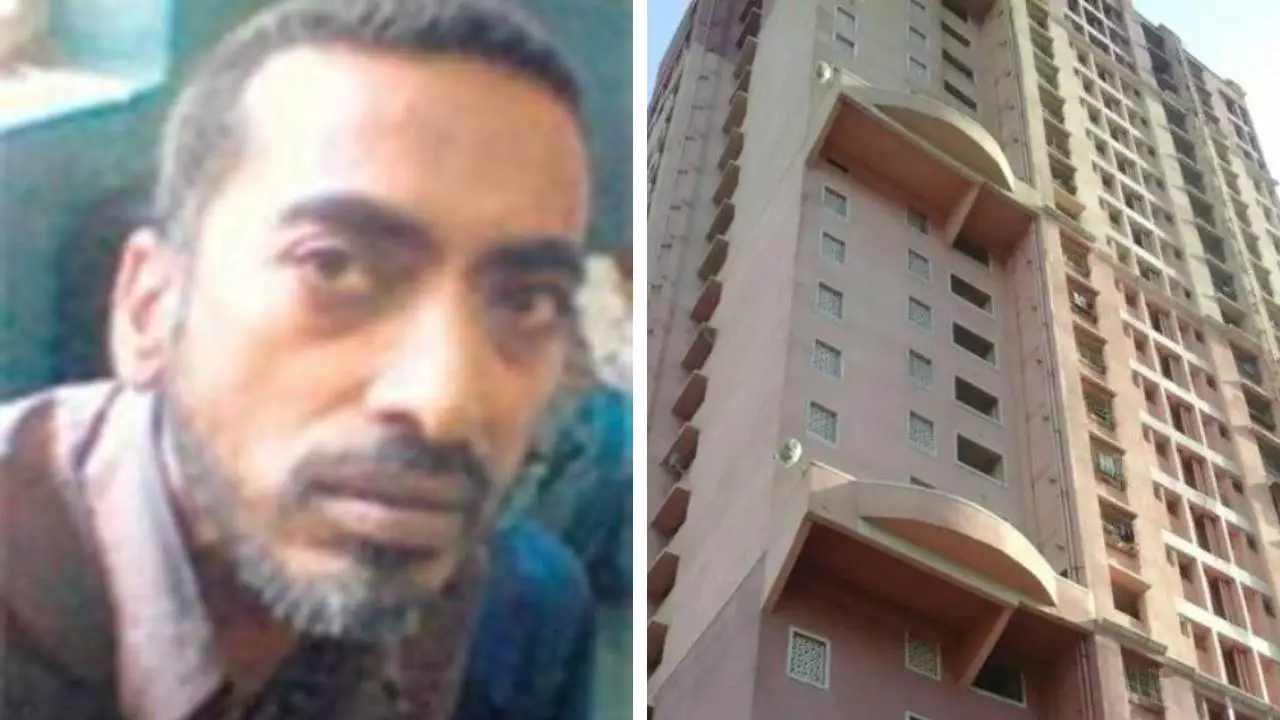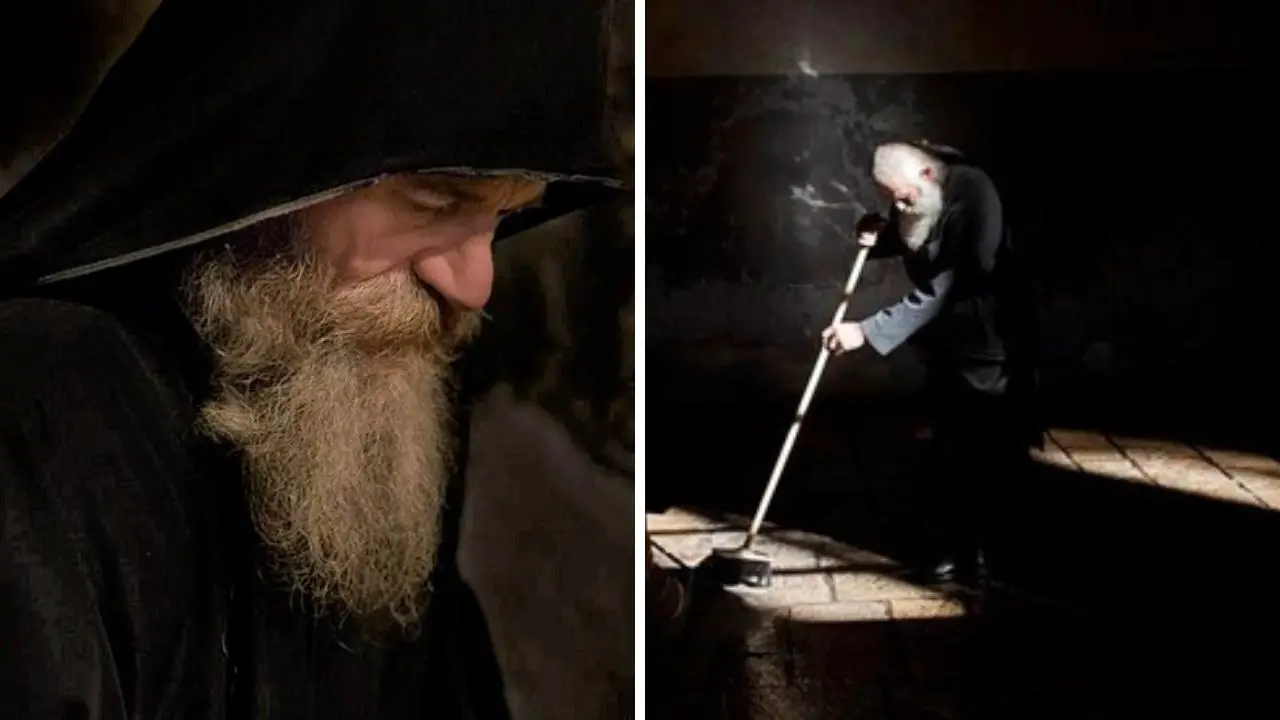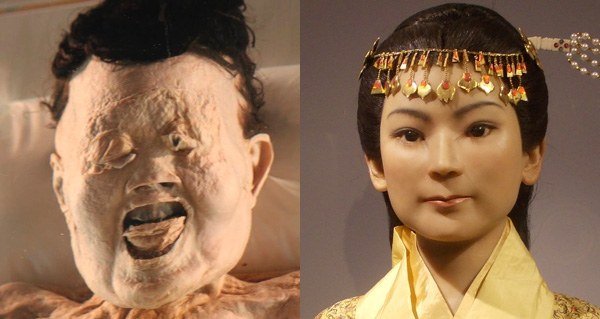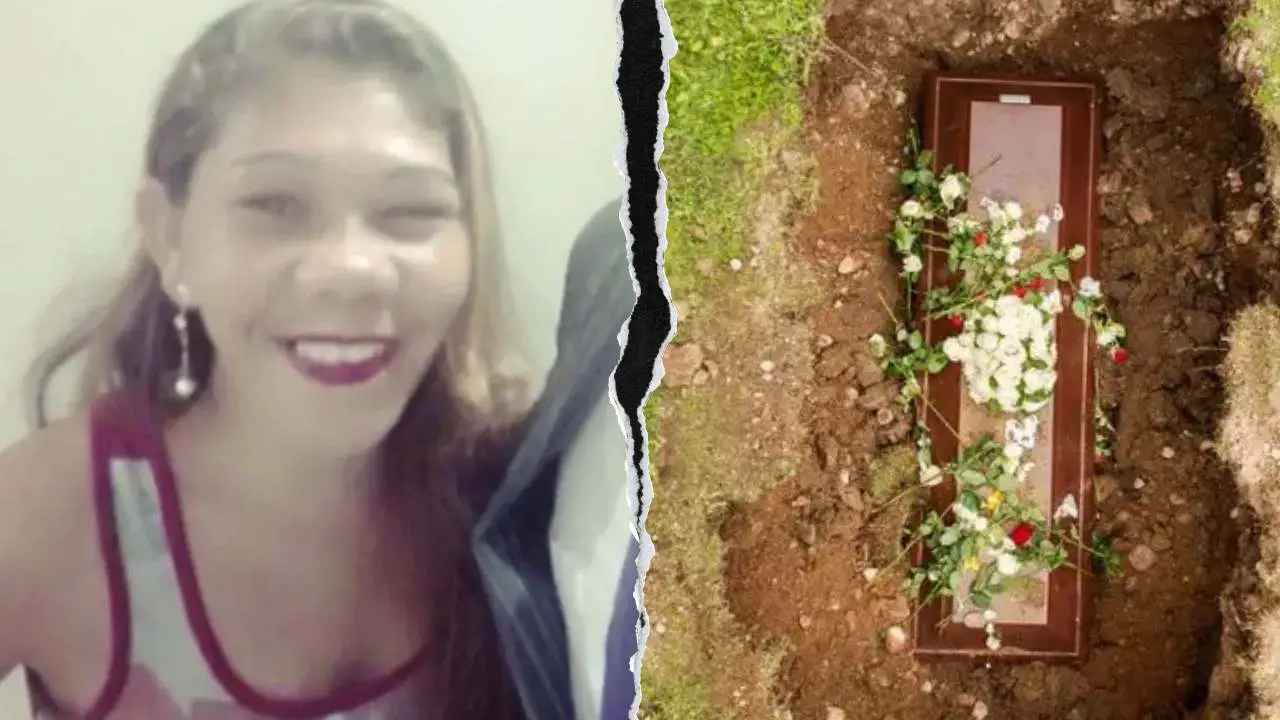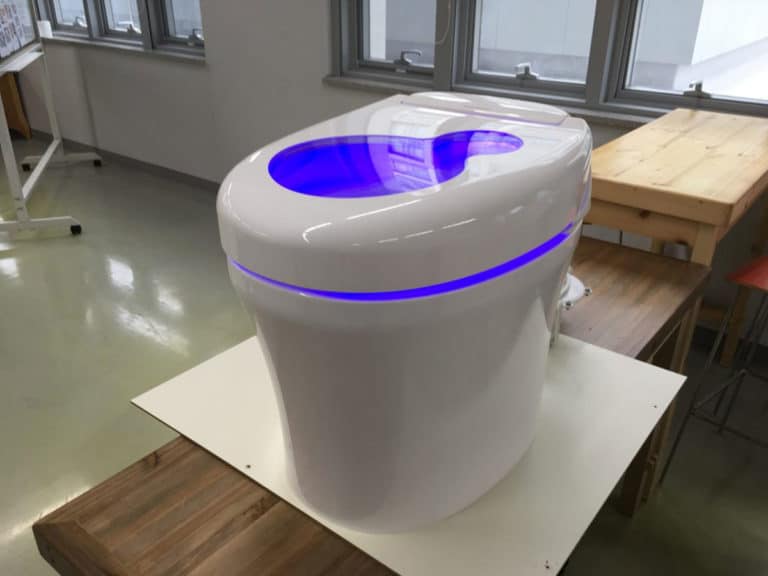Solar-powered Lasers have been installed in the Saudi desert to help in guiding the lost to water supplies
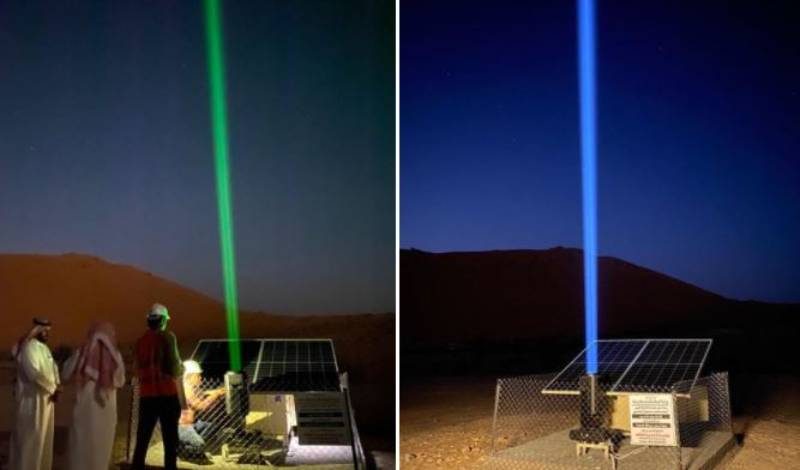
Hundreds of rescue missions have taken place throughout Saudi Arabia’s vast deserts over the years.
The great majority of individuals who went missing were recovered within 24 hours. A few people were luckily recovered after living for days in the desert.
The enormous Nafud Desert in the Kingdom’s north is renowned for its scarcity of freshwater resources.
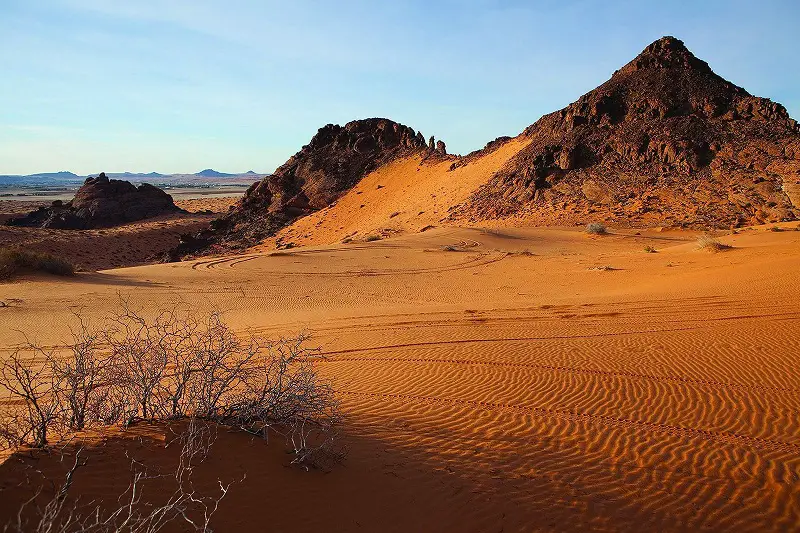
Anyone who spends time outdoors, regardless of expertise level, has the potential to become lost in the vast, dry desert.
It may still be a cold and dangerous environment even with good survival skills.
Last year, 131 individuals went missing in various incidents while crossing Saudi Arabia’s deserts, according to local media.
They were either unprepared for or unaware of the desert’s hazards.
According to records, 20 individuals died from hunger and thirst as a result of missing in the deserts last year, but 100 of them were found to be in fine health, while 11 other cases remain unknown.
An environmental activist and explorer named Mohammad Fohaid Al-Sohaiman Al-Rammali developed the concept to install laser light beacons near water supplies in the desert after being the target of multiple rescue attempts in the region north of Hail.
“Many people lost their lives in the desert near water resources because they did not know that water resources were close to them,” he told.
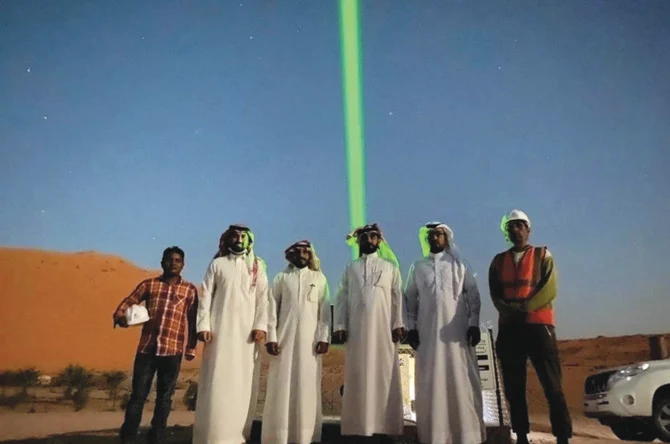
So, with the use of his concept, Saudi Arabia’s Ministry of Environment, Water and Agriculture has installed 11 solar-powered laser lights at water sources in Al Jouf Province and the desert of Nafud, north of Hail.

According to Al-Sohaiman, a night laser beacon is utilized so that anyone who becomes lost in the desert at night can see the light and know where to fetch water.
His plan caught the attention of one of the region’s most powerful businessmen, who has agreed to fund the installation of 100 beacons between Hail and Jouf.
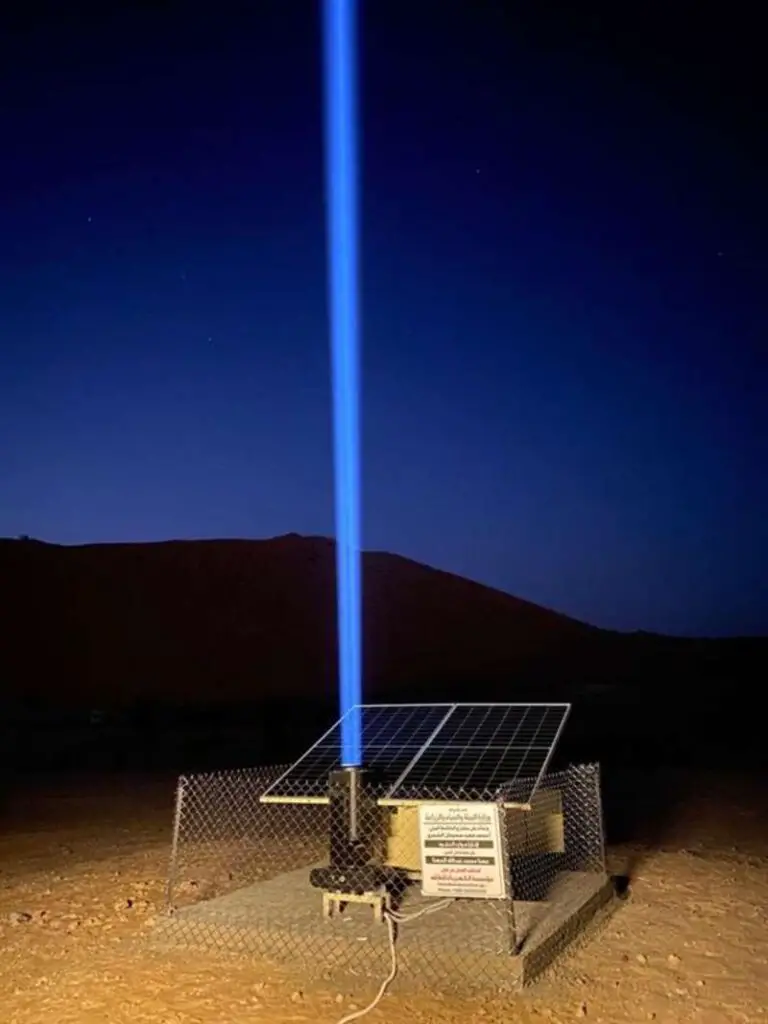
© CIC Saudi Arabia
The enormous geography of Saudi Arabia is made up of varied habitats such as mountains and valleys, with the majority being sandy and stony deserts.
The Kingdom contains three major deserts. The Empty Quarter, the Peninsula’s largest, covers much of the southeast and southern sections and is believed to cover 650,000 square kilometers.
Al-Nafud, also known as the Great Nafud, encompasses approximately 64,000 square kilometers of the Kingdom’s northern region.

